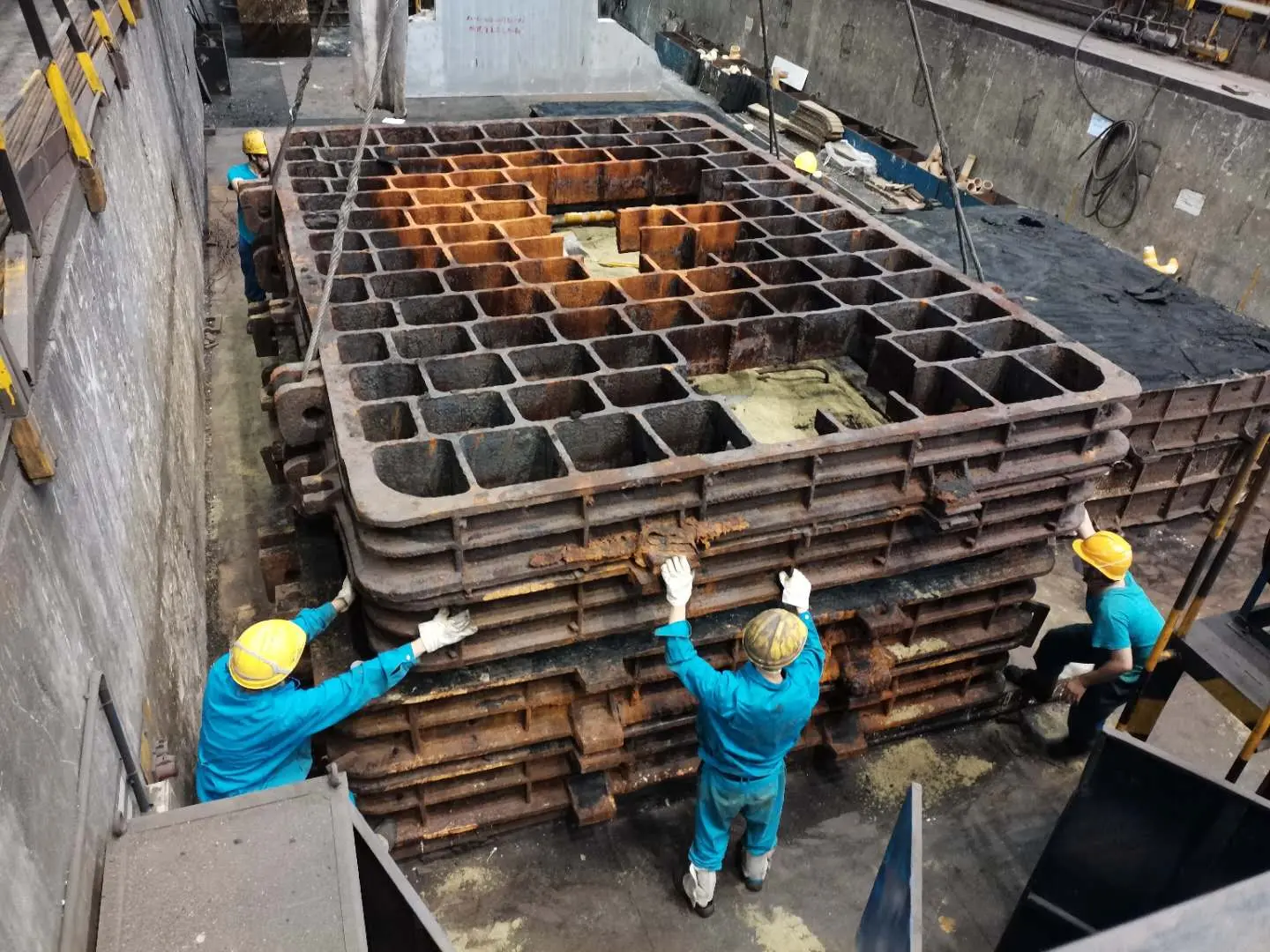The Dynamics of Gold and Sand Prices An In-Depth Analysis
In the intricate world of commodities trading, few subjects evoke as much intrigue and discussion as gold and sand prices. While gold has long been considered a tangible symbol of wealth and prosperity, sand, often overlooked, plays a crucial role in multiple industries, including construction and manufacturing. Understanding the factors influencing their prices can provide valuable insights for investors, environmentalists, and economic analysts alike.
The Historical Context of Gold Pricing
Gold has held a special place in human society for millennia. Its allure stems not only from its rarity and beauty but also from its historical role as a currency and a store of value. The price of gold is influenced by various factors, including inflation rates, currency strength, geopolitical stability, and changes in interest rates. Traditionally, during times of economic uncertainty or inflation, investors flock to gold as a safe haven, driving its price up.
As of October 2023, gold prices have seen considerable fluctuations. Central banks around the world have been actively buying gold in response to global economic pressures, which has contributed to an uptick in prices. Additionally, the COVID-19 pandemic has led to changes in consumer behavior and investment strategies, further impacting demand for gold.
The Role of Sand in the Economy
While sand may not carry the same perceived value as gold, it is often referred to as the new gold in certain circles, especially given its indispensable role in the construction industry. Sand is a key ingredient in concrete and is essential for building infrastructure, from towering skyscrapers to ubiquitous roads. The demand for sand has surged in recent years due to rapid urbanization and population growth in many parts of the world.
However, the extraction of sand poses significant environmental challenges. Unsustainable sand mining practices can lead to habitat destruction, increased flooding, and reduced water quality. As a result, the price of sand has begun to reflect not only its availability but also the environmental costs associated with its extraction and transportation.
gold sand price

Price Comparisons and Market Dynamics
When comparing gold and sand prices, it becomes clear that they are both impacted by unique yet occasionally overlapping market dynamics. Gold prices are primarily driven by factors such as demand from investors and jewelry manufacturers, global economic conditions, and monetary policies of various countries.
Conversely, sand prices are influenced by local supply chain dynamics, regulatory frameworks, and environmental impacts. For instance, in regions where construction is booming, sand prices may spike due to increased demand. Conversely, stringent environmental regulations may lead to supply shortages, further driving prices higher.
Implications for Investors and Policymakers
Understanding the pricing of both gold and sand carries significant implications for investors and policymakers. For investors, gold remains a traditional hedge against volatility and inflation. With gold's performance historically inversely correlated with stock market performance, it tends to be a safe investment during tumultuous economic times.
On the other hand, investing in the sand market presents unique challenges and opportunities. While it may not have the same level of liquidity as gold, niche markets involving sustainable sand production or alternative materials are emerging as viable investment avenues. Policymakers must also pay close attention to the sand industry, recognizing the economic value it holds while addressing the environmental concerns associated with over-extraction.
Conclusion
In conclusion, while gold and sand may exist in vastly different realms of the marketplace, understanding their pricing dynamics is crucial for economic comprehension and sustainability. Gold continues to symbolize wealth and serve as a reliable investment, while sand, though often undervalued, is becoming increasingly significant in discussions about resource management and environmental conservation. As we move forward, a collaborative effort is essential to balance these two commodities' economic roles with the need for sustainability and responsible management of our natural resources. The future may very well hinge on how we navigate the complexities of these precious and critical materials.
Post time:dets. . 18, 2024 08:02
Next:3d print sand casting
